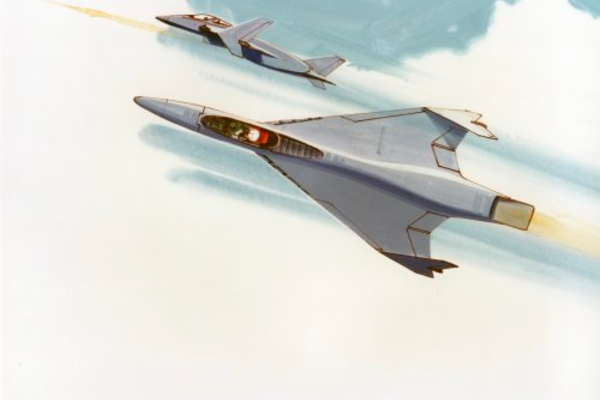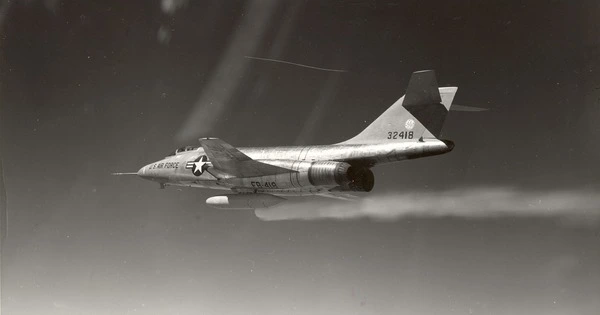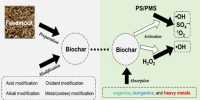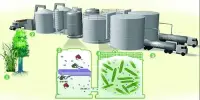Zip fuel, also known as high energy fuel (HEF), is any member of the jet fuel family that contains additives in the form of hydro-boron compounds, or boranes. It is a jet or rocket fuel that contains more heat than a hydrocarbon fuel. Zip fuels have a higher energy density than conventional fuels, allowing jet aircraft to fly farther. Zip fuels were a major topic of study in the 1950s, when the short range of jet aircraft was a major problem for military planners.
Zip was used in the design of several aircraft, including the XB-70 Valkyrie, XF-108 Rapier, BOMARC, and even the nuclear-powered aircraft program. The Navy considered converting all of their jet engines to Zip and began studies of converting their aircraft carriers to safely store it.
Description
In common propellant combinations, hydrogen has the highest energy density fuel. However, gaseous hydrogen has a very low density; liquified hydrogen has a higher density but is difficult and expensive to store. When hydrogen is combined with other elements, such as carbon, it can be converted into easily combustible hydrocarbon fuels. Other elements, such as aluminum and beryllium, have higher energy contents than carbon but do not mix well enough to form a stable fuel that can be easily burned.
Boron, more than any other low-mass element, has the combination of high energy, low weight, and widespread availability that makes it appealing as a potential fuel. Boranes have high specific energy of approximately 70,000 kJ/kg (30,000 BTU/lb). This compares favorably to a typical kerosene-based fuel, such as JP-4 or RP-1, which has a kJ/kg (18,000 BTU/lb) of 42,000. They are not suitable for use as a fuel on their own because they frequently self-ignite when in contact with air, making them dangerous to handle.

When mixed with conventional jet fuels, they add to the energy content while becoming somewhat more stable. In general terms, boron-enhanced fuels offer up to 40% higher energy density than plain JP-4 in terms of both weight and volume. In the US a whole family of fuels were investigated, and generally referred to by the names they were assigned during the Air Force’s Project HEF: HEF-1 (ethyldiborane), HEF-2 (propylpentaborane), HEF-3 (ethyldecaborane), HEF-4 (methyldecaborane), and HEF-5 (ethylacetylenedecaborane).
Zip fuels all have a number of drawbacks. For starters, both the fuel and the exhaust are toxic. This was not a major issue in flight, but it was a major issue for ground crews servicing the aircraft. When the fuels burn, they produce sticky and corrosive solids, whereas boron carbide solids are abrasive. This caused serious problems for turbine blades in jet engines, as exhaust built up on the blades, reducing their effectiveness and, in some cases, causing catastrophic engine failure. Finally, the exhaust plume contains particulates, similar to coal smoke, allowing an aircraft to be spotted visually from a long distance.
History
Several studies into boronated fuels have been conducted over the years, beginning with the United States Army’s rocket-related Project HERMES in the late 1940s, followed by the United States Navy Bureau of Aeronautics’ Project ZIP in 1952, and the United States Air Force’s Project HEF (High Energy Fuels) in 1955. Zip fuels were considered the “next big thing” for much of the 1950s, and significant funds were spent on these projects in an effort to bring them into service. Although the Air Force’s naming for the fuels became common, the Navy’s name stuck, and all boronated fuels became known as “zip fuels.”
The Air Force’s main thrust was based on HEF-3, which appeared to be the most likely candidate for quick introduction. HEF became a part of the WS-110 effort to develop a new long-range bomber to replace the B-52 Stratofortress with a design capable of reaching Mach 2. Both Boeing and North American Aviation (NAAinitial )’s designs used conventional fuels for takeoff and cruise, switching to HEF during the high-speed dash and burning it only in their afterburner sections. This avoided the main problems with HEF; by burning it only in the afterburners, the problem with buildup on the turbine was eliminated, and since the afterburners were only used for takeoff and high-speed flight, the problems with the toxic exhaust were greatly reduced.















